ISLANDS
- chapter index -
pg. 1 - Islands | pg. 2 - Sagittarius | pg. 3 - Formentera Lady
pg. 4 - A Dragon Fig Tree's Fan | pg. 5 - The Sun | pg. 6 - Tanit
pg. 7 - The Crystal Cabinet | pg. 8 - Sailor's Tale | pg. 9 - Seizing the Ox
pg. 10 - The Letters
page index
Circe | Tanit | The Fall
site index
Translate from
He has not yet directly encountered the Formentera Lady but he has heard her song and found evidence of (intuited) her presence.

2. Suddenly Seeing Tracks
"He finds evidence of the ox. The struggle is difficult and success seems far away, however, a murmur of achievement is heard faintly."
- Ten Oxherding Pictures
"...I learn that, just as many utensils are made from one metal, so too are myriad entities made of the fabric of self. Unless I discriminate, how will I perceive the true from the untrue? Not yet having entered the gate, nevertheless I have discerned the path."
- Kakuan's Commentary on the Oxherding Pictures
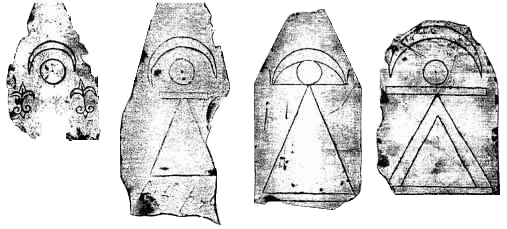
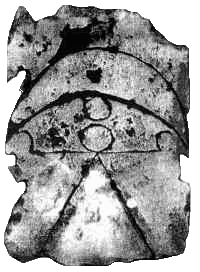
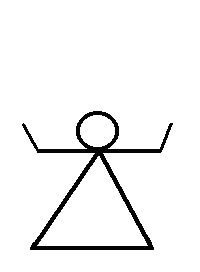
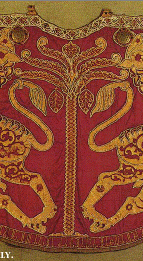
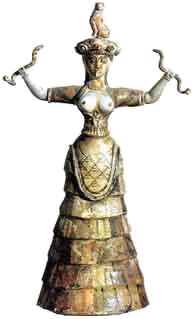
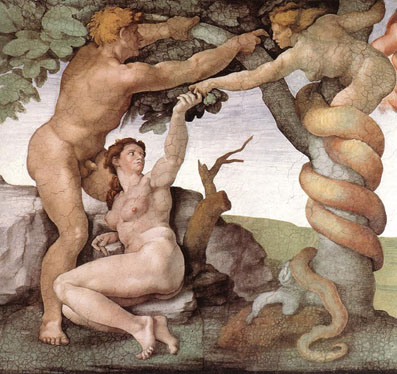 In Eden, fallen man (fallen into time-ego consciousness) covers his nakedness
with a fig leaf. In
Formentera Lady
he is...
In Eden, fallen man (fallen into time-ego consciousness) covers his nakedness
with a fig leaf. In
Formentera Lady
he is...
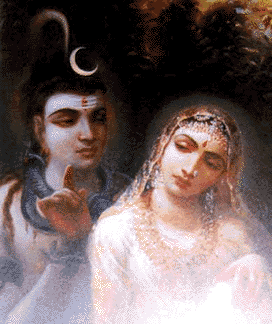






















 Arachnophilia
Arachnophilia